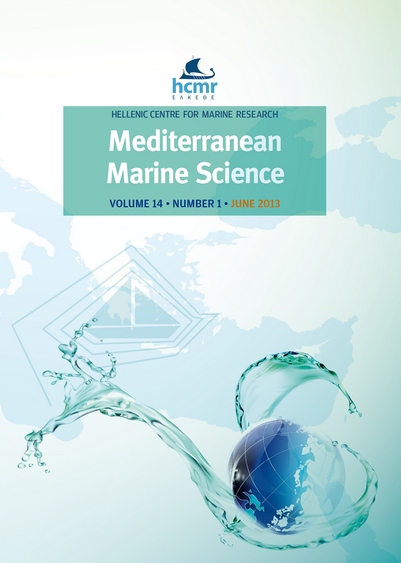Do the visual conditions at the point of escape affect European sea bass escape behavior?
Περίληψη
European sea bass (Dicentrarchus labrax), an important species for the Mediterranean aquaculture industry, has been reported to escape from sea cage installations. Fish escapes are caused mainly by operational and technical failures that eventually result into a creation of a tear. Escapees may interact with wild stocks through interbreeding, transfer of pathogens and competition for food. The aim of this study was to examine at which extent the presence of a visible obstacle close to a tear on the net have an influence on sea bass propensity to escape. Fish were initially confined into small sea cages, with a tear at one side. The escape behavior was tested under experimental conditions. It is clearly demonstrated that sea bass was able to locate a tear on the net pen, immediately after its appearance. Crossings occurred in all cages, in singles or in a series of up to seven individuals. The presence of an obstacle close to the net tear altered the escape behavior of D. labrax resulting in a delay that eventually reduced the escape rate. Concluding, it is highly recommended that sea bass cages should be kept internally the culture array. Furthermore, the placement of artificial obstacles close to the sea cages could be an efficient practice that mitigates the escape risk after severe environmental conditions.
Λεπτομέρειες άρθρου
- Πώς να δημιουργήσετε Αναφορές
-
PAPADAKIS, I., PAPADAKIS, V., GLAROPOULOS, A., PETROUTSOS, S., GONZALEZ, L. P., & KENTOURI, M. (2013). Do the visual conditions at the point of escape affect European sea bass escape behavior?. Mediterranean Marine Science, 14(1), 172–178. https://doi.org/10.12681/mms.360
- Τεύχος
- Τόμ. 14 Αρ. 1 (2013)
- Ενότητα
- Research Article
Authors who publish with this journal agree to the following terms:
- Authors retain copyright and grant the journal right of first publication with the work simultaneously licensed under a Creative Commons Attribution Non-Commercial License that allows others to share the work with an acknowledgement of the work's authorship and initial publication in this journal.
- Authors are able to enter into separate, additional contractual arrangements for the non-exclusive distribution of the journal's published version of the work (e.g. post it to an institutional repository or publish it in a book), with an acknowledgement of its initial publication in this journal.
- Authors are permitted and encouraged to post their work online (preferably in institutional repositories or on their website) prior to and during the submission process, as it can lead to productive exchanges, as well as earlier and greater citation of published work (See The Effect of Open Access).





